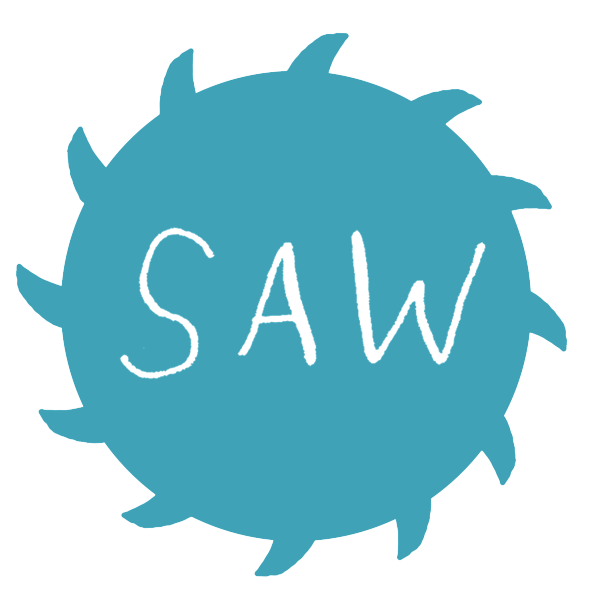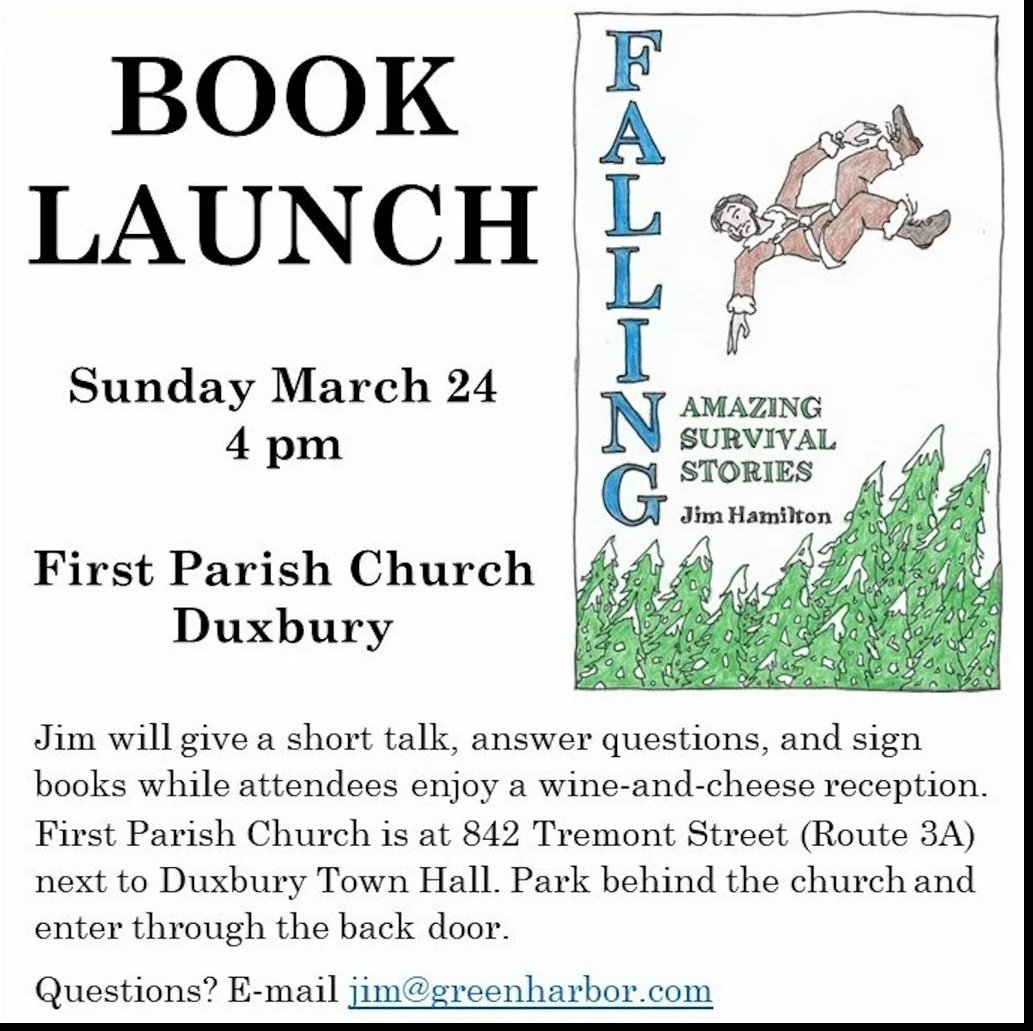MONETIZING EVERY MOMENT OF WAKING EXISTENCE ON INSTAGRAM (WHAT COULD GO WRONG?)
This week we talked about navigating social media to promote your work and make money as a cartoonist—from networking and building your audience, to avoiding burnout and fielding harsh feedback.
The internet can be a lovely way to connect with friends and family, make new connections, support fellow cartoonists, and publish your comics. There are great benefits to serializing a webcomic or routinely sharing your work.
But social media can also be a source of pressure, discouragement, and creative doubt.
Do you need to move to NYC and gain a million followers on Instagram to be a commercially successful artist? Do you have to work tirelessly on gaming the algorithm to get your work seen? Do you have to monetize your comics at all?
Read on (or listen in) for answers to questions like these and more!
LISTEN ON:
Tom and Jess gave the disclaimer that they are two cartoonists who AREN'T REALLY ON SOCIAL MEDIA, so take their musings with a grain of salt and all that!
They talked about the good the bad and the ugly:
GOOD: Social media is where people gather, share, root one another on, ask questions, support each other, rally for causes, share recipes (for food, life, parenting, dating, and making comics). There are great benefits to serializing a webcomic or work in a continued and consistent way.
BAD: People can be mean on the internet! We might feel pressure to be available all the time, versus accountable and steady (weighing the viral content moments with the slow and steady pace of real networking, audience-building, and friend-making).
UGLY: IDK if it's ugly! The internet is an interesting place to meet people from all over the world. You can still use social media even if you hate it! (We briefly noted Substack as an emerging platform that, like Patreon, is consent- and subscription-based, so you're shortening the distance between creator and audience.)
On the topic of GOOD stuff, Olivier Ballou shared how his comic connected to (and was crowdfunded by) a devoted following that aided in support for his ambitious graphic history!
Olivier said: My project (a crowdfunded comic about local history) could never have taken shape without social media. It helped me gather info and feedback, as well as promote the actual funding campaign and launch event....Social media allows me to reach groups that sometimes overlap: Friends and family, friends of friends, fans of groups dedicated to local history, other comic creators. That hustle took maybe took 1% of the time it took create the actual comic!
Jim Hamilton also had some good returns, using social media to recently share his book release event here!
Jim Hamilton also had some good returns, using social media to recently share his book release event here!
We gave a shout out to See SAW Comics, a place to share comics—
—and Tom mentioned the cartoonist Tony Millionaire made a pre-internet living soliciting people via mailbox fliers for commissions to draw their their fancy houses in kinda fancy neighborhoods. I looked them up and I have to say that THESE WERE PRETTY NICE DRAWINGS!
Later in the call Tom Hart mentioned Dunbar's Number, how we can't hold on to more than roughly 100-150 connections at one time.
We approached the call not wanting to be naysayers of social media; rather, our aim was to normalize not feeling great about social media and emphasize that you don’t have to be there if you don’t want, and you can still be commercially successful
Tom Hart compared posting on social media to networking or political campaigning. You start with a few people and then it grows!
Tom also mentioned this cheeky recipe for success on being an artist online:
Step 1: Develop your skills
Step 2: Create a portfolio
Step 3: Start hustling
Step 4: Get paid
(Noting the "hustle" in part three takes a lot of work and time and #keepinggoing )
Also from Tom: "Sometimes you don't want an audience, you want friends." Having an audience is not always a requirement for success!
Tom distinguished between making art and being a Professional Artist, noting: If you want to be a pro, you have to figure out how you want to hustle. Everyone's network or audience will be different. How can you warm people up to your vision—the "slow hustle."
We talked about creators like Sara Varon and Keith Knight who moved to hubs of creative capitalism like NYC and LA. Tom said the model of moving to where creative people are (NYC, LA, etc) can be adapted to social media/online life as well, which SAW is trying to do!
We pondered our value as creative people and extolled the value of doing commissions in a medium and format that you enjoy as a means to monetize your art making.
There's more from the call, so check it out!
A join us next week for our episode on TABLING!
WATCH THE FULL EPISODE FOR MORE TIPS AND ASSURANCE!
WANT TO MAKE AND READ MORE COMICS?
Do you have a story inside you that’s just itching to come out, but want some guidance to help push it out?
Learn more about intensive comics learning with teachers at SAW by checking out SAW’s Year-Long Intensive Program and our Six-Month Graphic Novel Intensive.
Be sure to also check out our Online Courses, some courses are offered year-round and are always enrolling while others are limited in space and come around only once a year!
Our Graphic Memoir Intensive runs year round and is always enrolling. It includes access to a vibrant working community, twice-monthly live online check-ins, weekly prompts, and access to SAW’s Monthly Pro Calls!
Our Comics Flow Group, or SAW FLOW MEMBERSHIP, is also year-round and always enrolling and is SAW's MOST AFFORDABLE course option with access to Monthly Pro-Calls!
And, of course, come see what we’re all up to on SAW's Mighty Network anytime!








